Analog photography has enjoyed a renaissance in recent years, spurred on in no small part due to a worldwide pandemic that had us all casting about for new ways to spend our free time while staying acceptably away from others. Enter the classic loaner hobby: photography.
But not just any photography. Anyone can pull out a camera, take a few snaps, make a few edits on Light Room Mobile or Snapseed, and get a thousand likes on Instagram, all within a matter of minutes. There’s nothing wrong with that of course, but some of us want to go a little bit slower, take our time, not rush. The smell of Rodinal and gelatin gets us giddy. For us, there is film.
My adventure in film started when someone said “Hey, why not buy an old TLR? They’re cheap.” And a week and 5,000 yen later a package with a camera significantly older than myself was sitting in my hands. It was very nearly garbage. The Minoltacord Automat that I had purchased had a sticky shutter, the self-timer was broken, the focusing knob had cracked off, and the leatherette was dry or chipping everywhere. But looking down into that viewfinder and feeling the mechanical “Ping!” of the 60 year old shutter had me hooked.
Sadly, that camera broke and has since been replaced. But my first adventure into Shiretoko National Park and the surrounding areas got me to think about photography in ways I never had before and has permanently changed how I think about photography. The big shocker came a few days later when I tried to drop off my film for development. No one develops black and white film anymore! Panic! Fortunately, I did find a shop to develop the two rolls of 120 film and the 2 rolls of 35mm film. Unfortunately, to develop and mail the negatives to me would cost over 5,000 yen! I knew what I had to do.
I scoured the web, reading every guide that I could and every bit of advice I could hoover up from new friends from the photography community. I knew what I wanted. I wanted to develop my own film, and I knew how I was going to d it. So I went to the shops. I knew I wanted to use Rodinal or Ilford ID-11 for my developer. Only two problems, none of it was sold for anything approaching a reasonable price inside of Japan. I found a shop called Kawauso Shoten that carried Rodinal, but they were never in stock. Then I wanted a Paterson tank for developing, but the cost of a tank in Japan was almost double that of those in America. And it just kept on in that manner.
So what is a film photographer in rural Japan to do? Buy from the internet! My Paterson tank and dark bag came from B&H Camera in America along with some rolls of film. When I figure in the cost of shipping, buying all of that from overseas, it came out slightly cheaper than if I were to have bought in Japan.
Chemicals. Chemicals were easier, but also a little frustrating. You can buy any chemicals you want for developing, including some you might not want, or have never heard of but not at the kind of prices you’d see in other countries. Fujifilm’s developers are the most common, the only problem? Fujifilm only sells them in Japan and there’s very little information about using them to develop films that aren’t made by Fujifilm. Instead, I ordered a 5L packet of Kodak XTOL through Yodobashi Camera. Along with my developer I bought Fujifilm Acetic Acid, Fujifilm Superfix, and Fujifilm Drywell.
For my chemicals’ storage, I turned to Monotaro. Monotaro, if you don’t already know, is an excellent industrial supply shop. Their website has just about everything you could possibly want to buy. From there I got my light-tight bottles, mixing beakers, and graduated cylinders. For mixing and pouring, Daiso provided with funnels, a cheap whisk, and a thermometer.

Tell us about your thoughtsWrite message